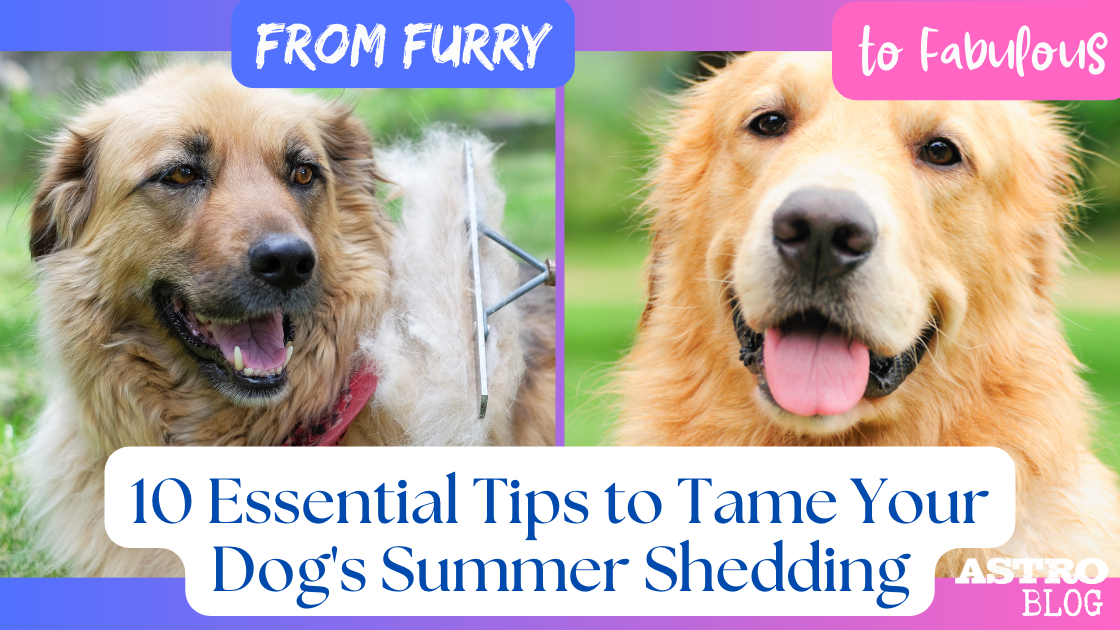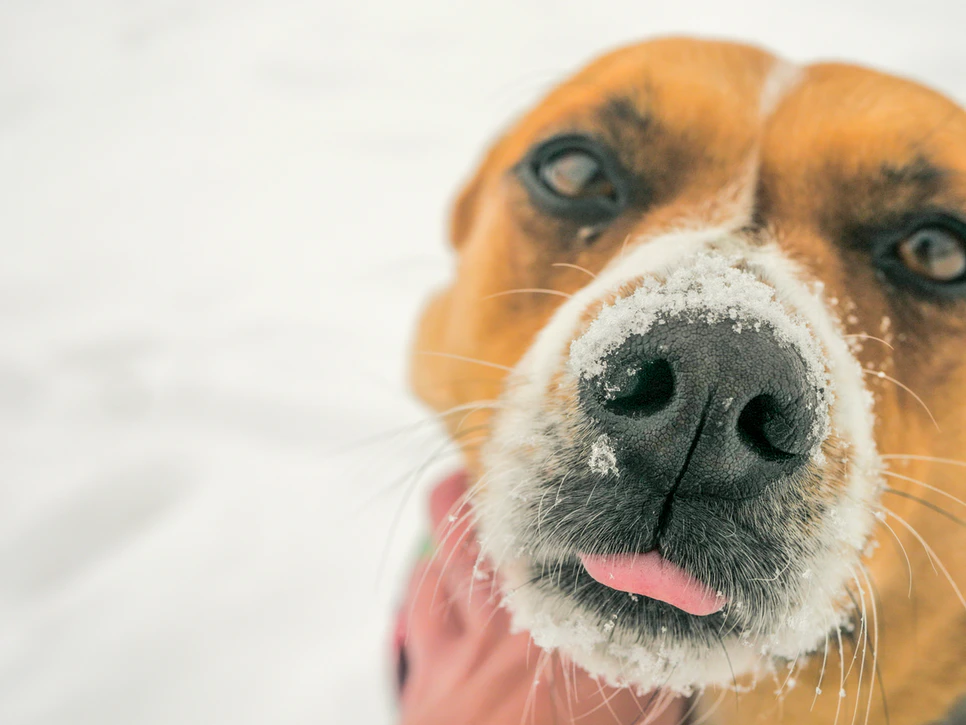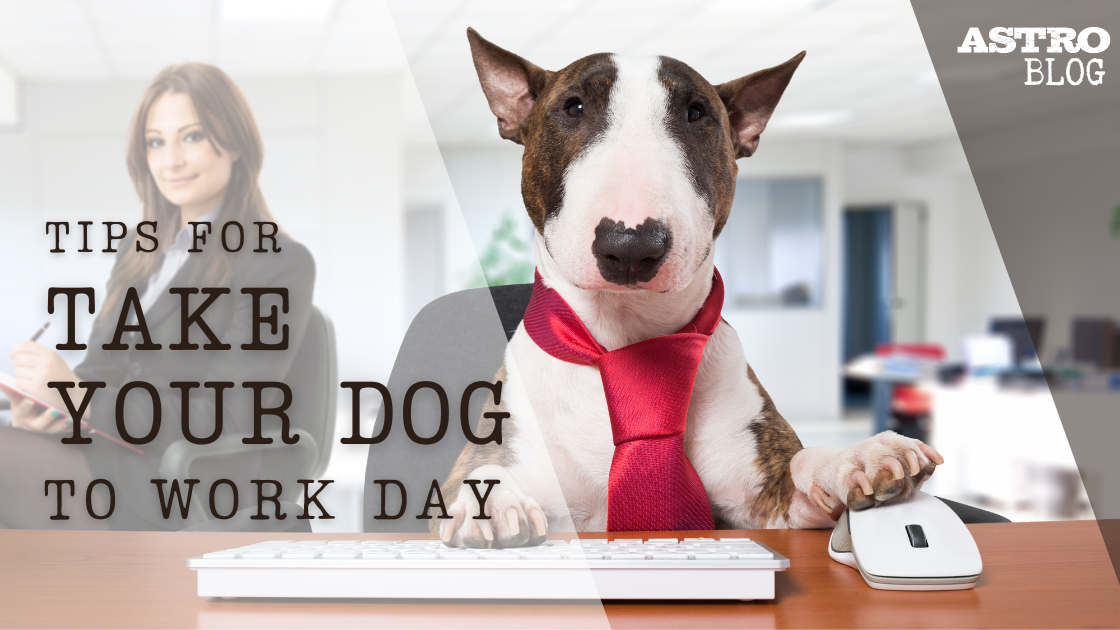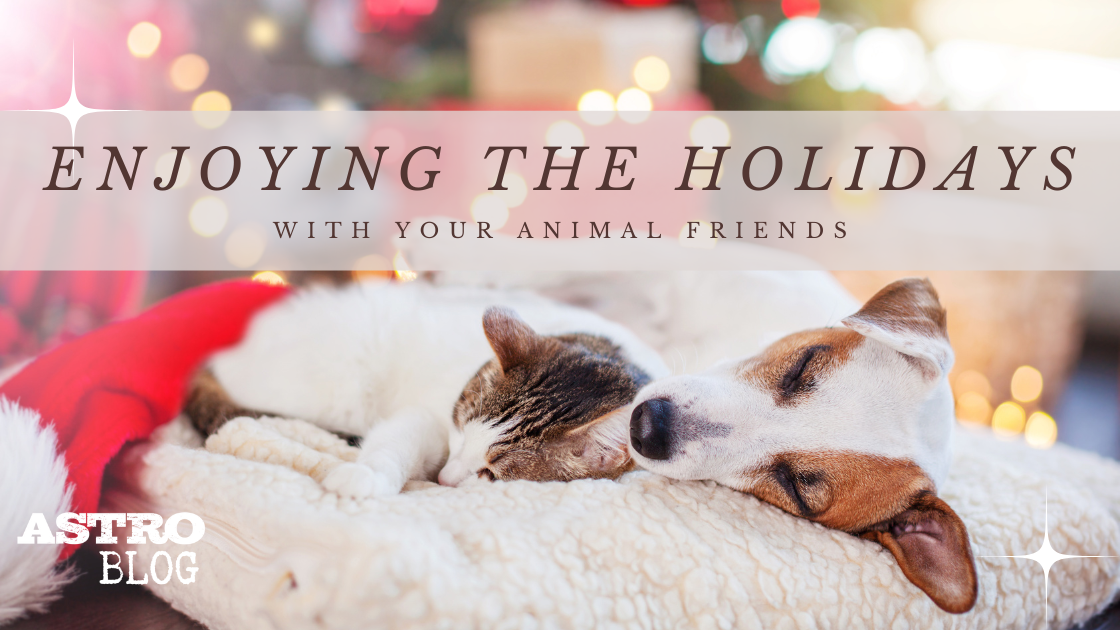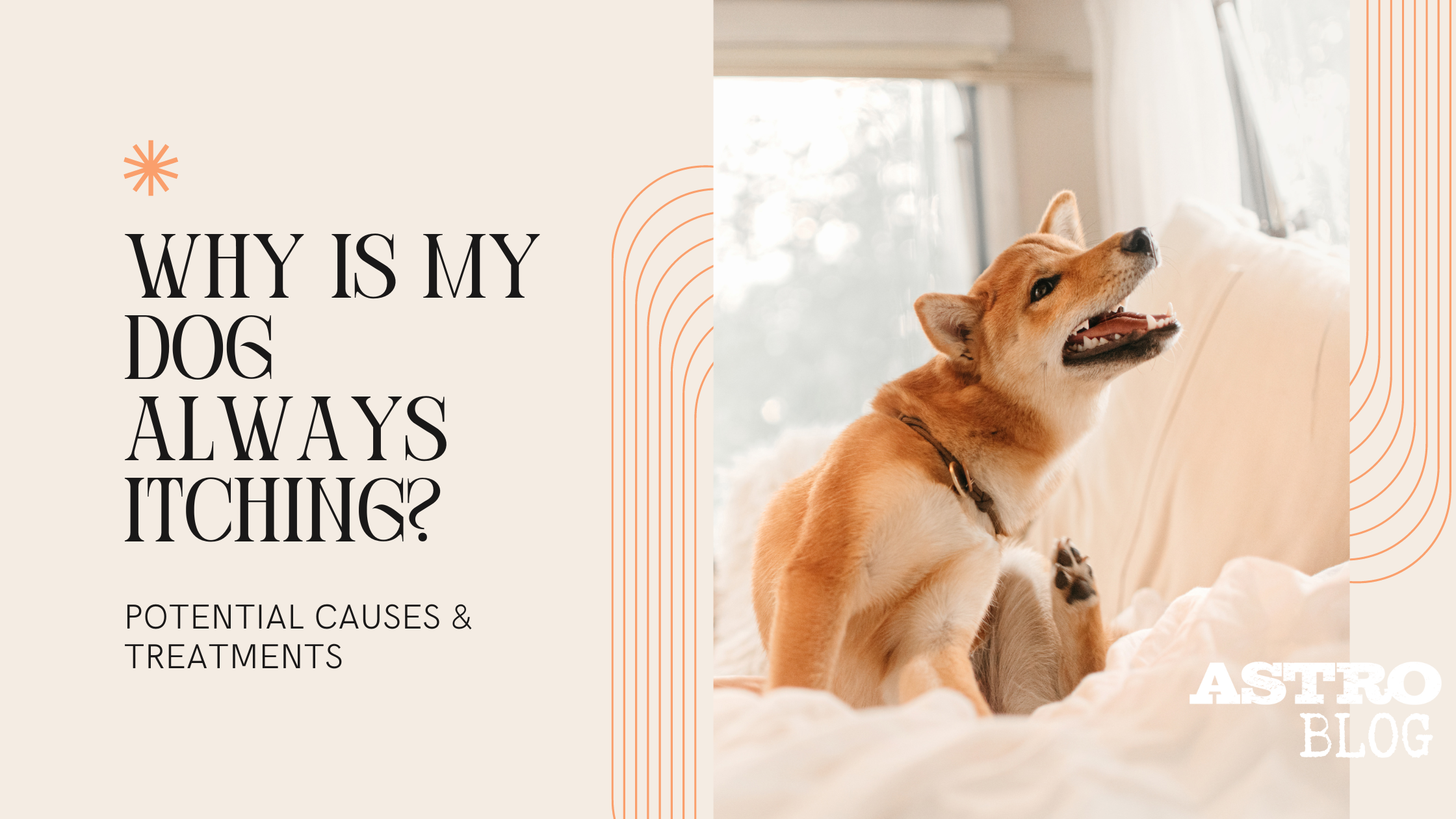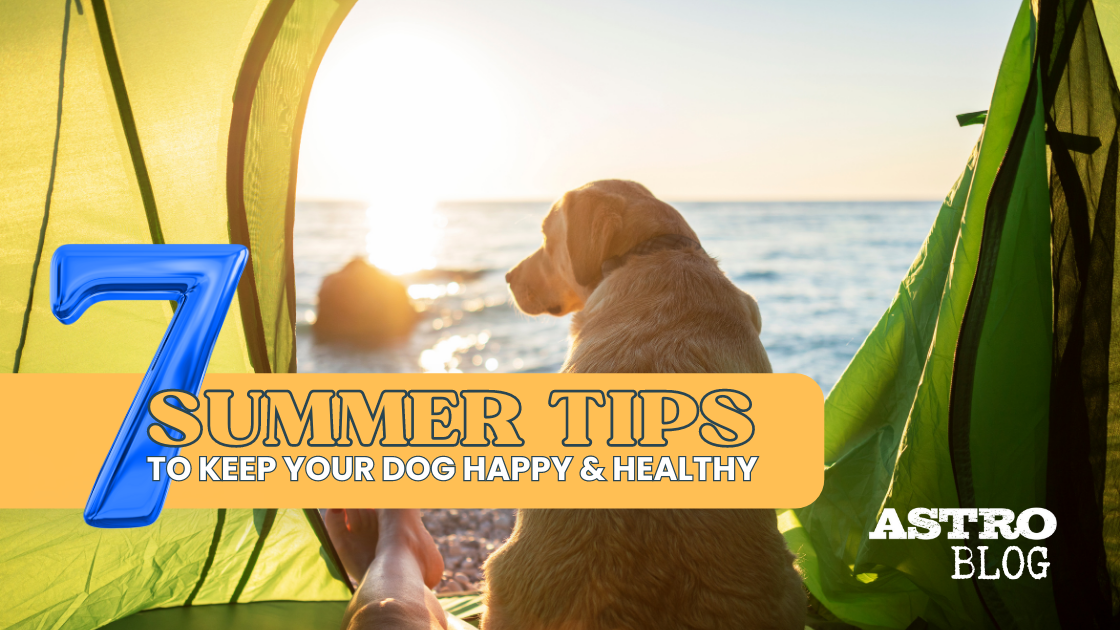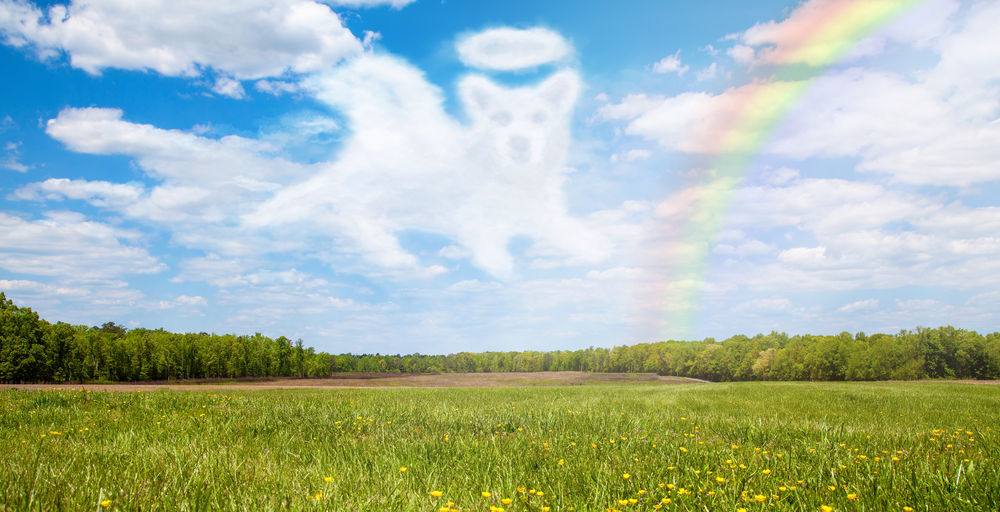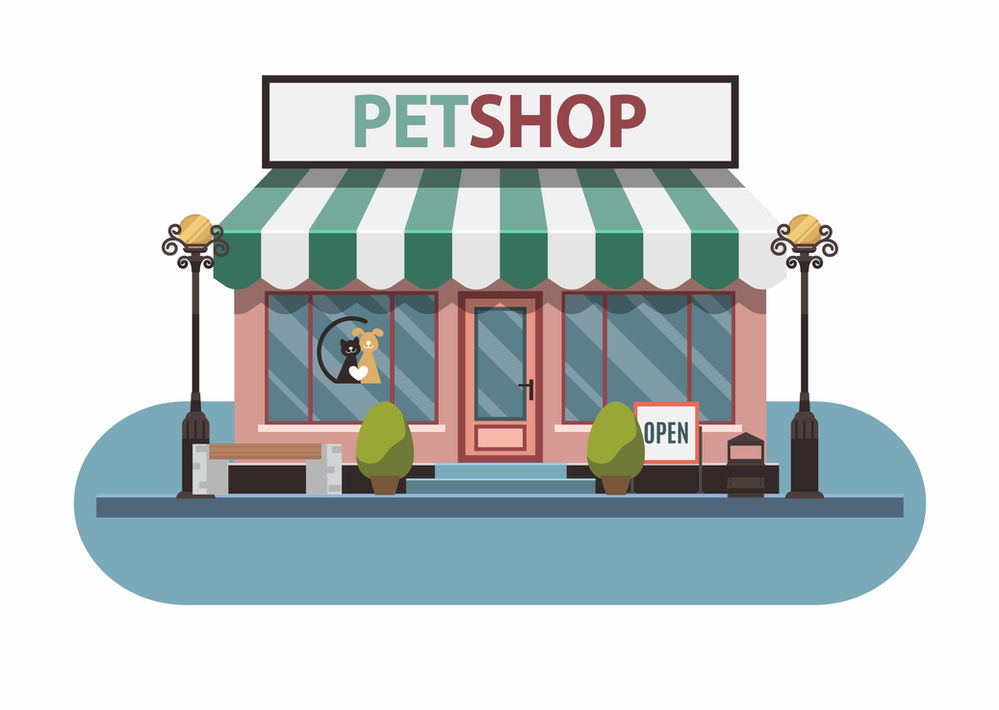Pet parents know that with the start of hot summer weather comes summer shedding. Depending on your dog’s type of coat, summer shedding may not always be excessive – but for some dogs, summer can turn your best friend into a flurry of extra hair. However, with the right strategies and tools, you can effectively manage and reduce excessive shedding in your dog. Here are our 10 best tips for managing summer shedding!
#1 Understand Your Dog’s Coat Type
Different dog breeds have different types of coats, such as single coats, double coats, smooth coats, curly/wavy coats, or wire coats. It’s essential to know your dog’s specific coat type as it can affect the shedding patterns and the type of brush you should use. If your dog has a wire coat, you may need to invest in stripping tools. Dogs with curly coats, like poodles and doodles, need to be brushed regularly to prevent mats. Your neighborhood pet store, groomer, or vet can tell you more about your dog’s coat type and what tools are appropriate.
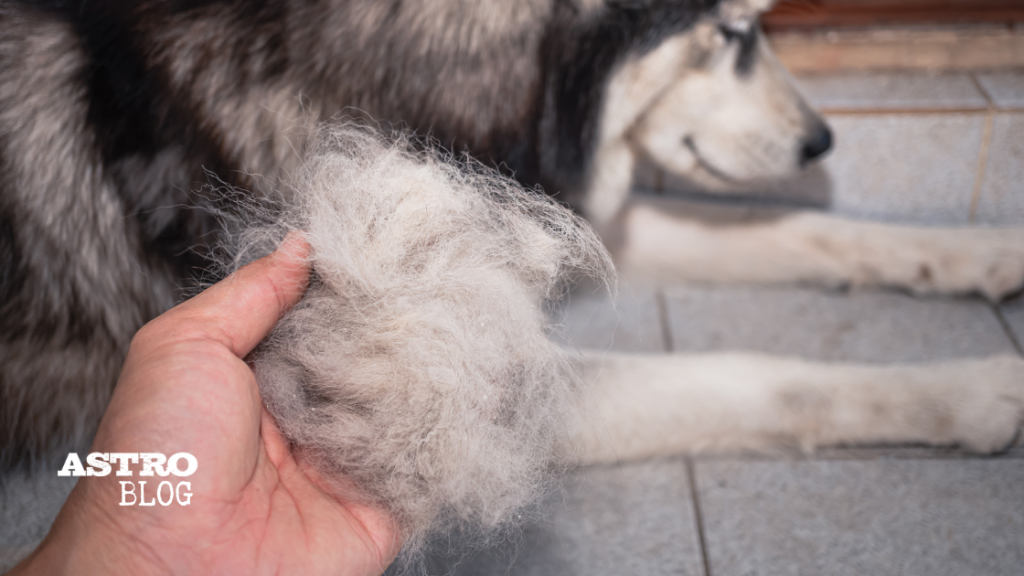
#2 Regular Brushing Is Key
Brushing your dog regularly is crucial for reducing shedding. It helps remove dead hair and prevents it from ending up all over your house. Depending on your dog’s breed and coat type, you may need to brush them daily or a few times a week. Regular brushing also promotes a healthy coat and skin.
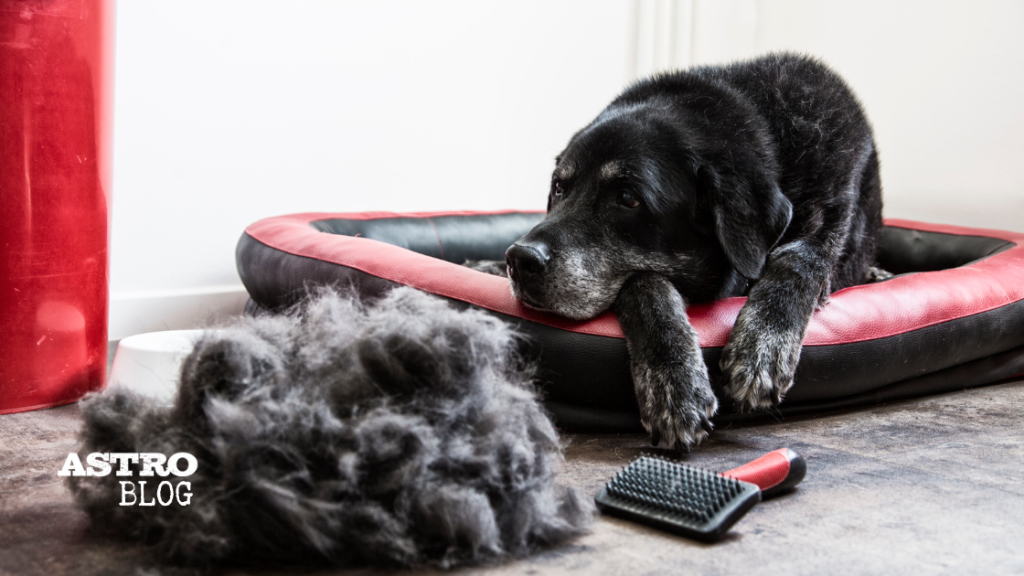
#3 Use The Right Tools
Use the appropriate brush for your dog’s coat type. For example, slicker brushes work well for removing tangles and mats in long-haired breeds. Bristle brushes are suitable for short-haired breeds. If your dog has a double coat, consider using a de-shedding tool designed specifically for that purpose. Make sure that you aren’t shaving or cutting out a double-coated dog’s undercoat!
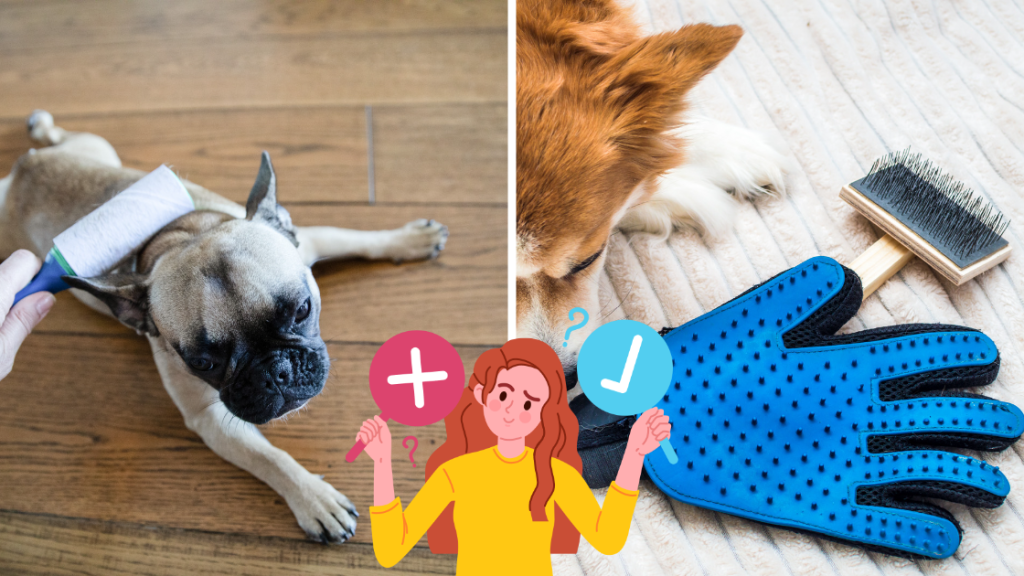
#4 Brush Correctly
When brushing your dog, make sure to brush in the direction of their hair growth. This method is more effective at removing dead hair and preventing discomfort for your dog. Tools like shedding mitts can also help prevent discomfort.
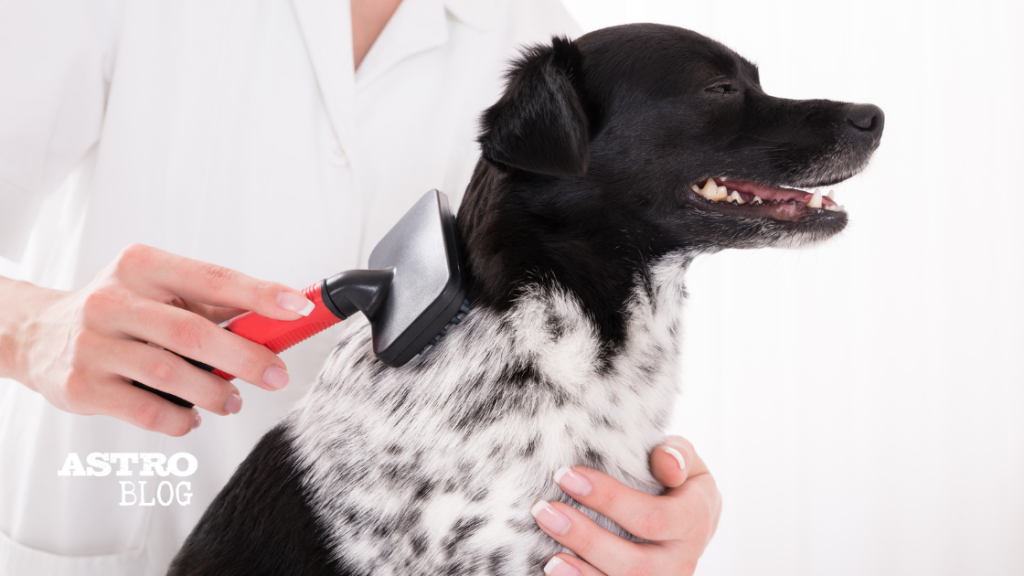
#5 Don’t Forget Bath Time
Bathing your dog regularly can help reduce shedding by keeping your dog’s skin and coat clean. Use a gentle dog shampoo that won’t strip away natural oils. Be sure to follow the bathing frequency recommended for your dog’s coat type, as excessive bathing can lead to dry skin and increased shedding.
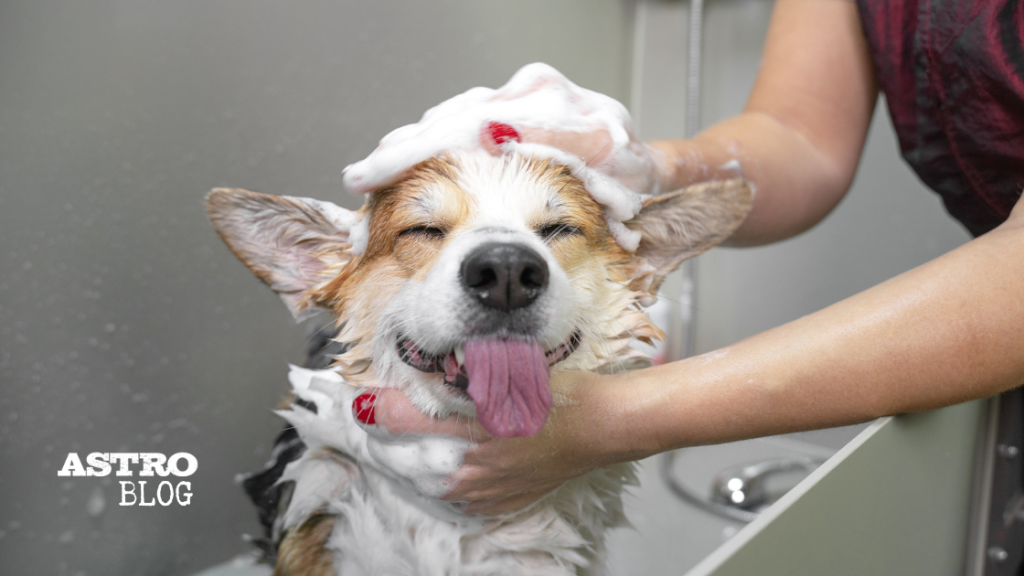
#6 Keep Your Dog Hydrated
When a dog is dehydrated, their skin dries and hair loosens. Always make sure that your dog has access to clean, cool water, especially on hot days. You can also let your dog have ice cubes or diluted, low-sodium broth to encourage drinking. Generally, dogs should drink about 1 ounce of water for every pound of body weight, but puppies, pregnant or lactating dogs, dogs in hot climates, and dogs that get a lot of activity will need more.
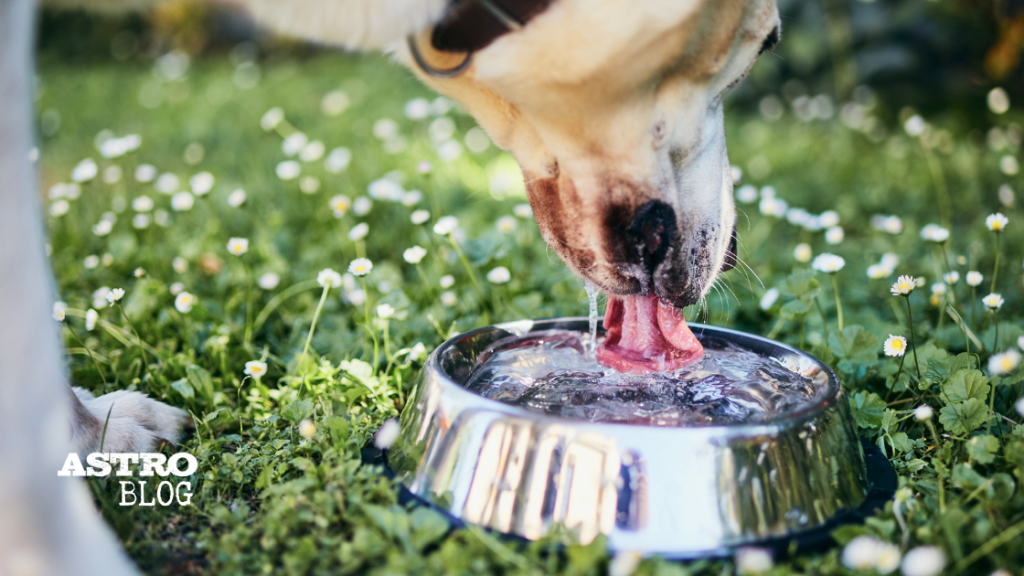
#7 Maintain a Healthy Diet
Proper nutrition plays a vital role in the overall health of your dog’s coat. Ensure your dog is on a balanced diet that includes high-quality proteins, fatty acids, and essential vitamins and minerals. Pay particular attention to Vitamins A and E, which are both necessary for skin and coat health. You may also want to try supplements like green-lipped mussel or fish oil for your dog’s skin and coat. A healthy diet promotes a healthy coat, reducing excessive shedding. Consult your neighborhood pet nutritionist for guidance on the best diet for your dog’s specific needs.
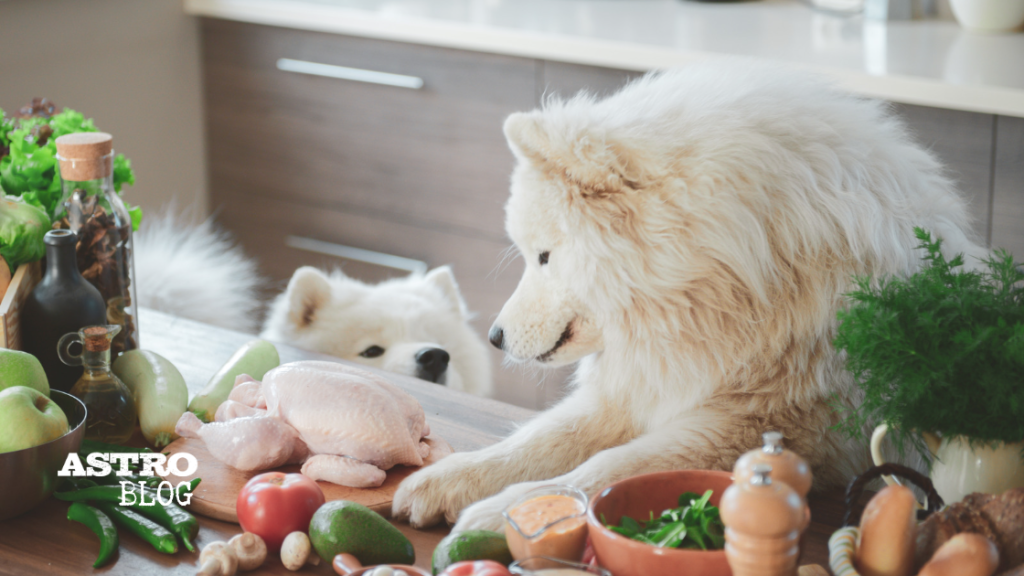
#8 Add Daily Skin & Coat Supplements
Granted, there are no supplements in existence that will prevent a dog from shedding completely. But there are supplements that will support your dog’s skin and coat health while bolstering their overall holistic health.
Always look for supplements that contain an essential fatty acid such as Omega 3 fatty acid since they can play a significant role in invigorating your dog’s coat and skin. Coconut oil can also contribute to a healthy coat since it hydrates the skin and strengthens the coat.

#9 Talk To Your Veterinarian
Excessive shedding or hair loss can sometimes be a sign of an underlying health problem. If you notice a sudden or significant increase in shedding, it’s best to consult your veterinarian to rule out any medical issues that may require treatment.
Some medical conditions that can cause excessive shedding in dogs include allergies, parasites, hormonal imbalances, skin infections, thyroid disorders, and stress. When the body experiences stress, it releases a hormone called cortisol that can interfere with the natural growth cycle of a dog’s fur.
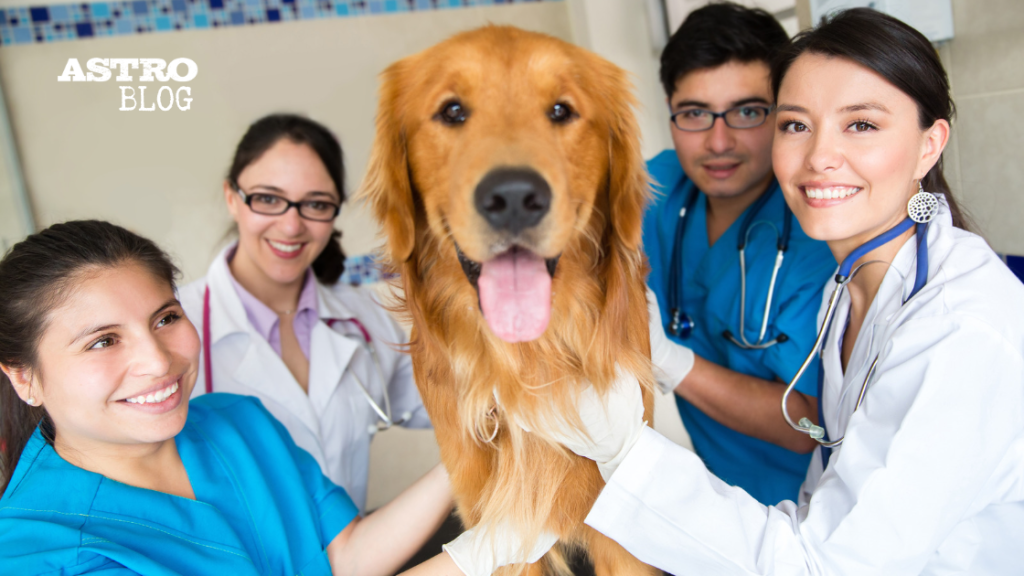
#10 Go To The Groomer!
If you find it challenging to manage your dog’s shedding on your own, you might want to consider professional grooming services. Professional groomers have the expertise and tools to effectively remove dead hair and maintain your dog’s coat, keeping it beautiful and healthy while reducing shedding.
Professional groomers can also be particularly helpful for double-coated dogs. Ask your groomer if they have access to an undercoat nozzle. This tool can help your double-coated dog shed their undercoat all at once in the environment of the grooming salon instead of your home. This is a safe way to get rid of all that excess hair, letting your dog feel more comfortable in the heat.
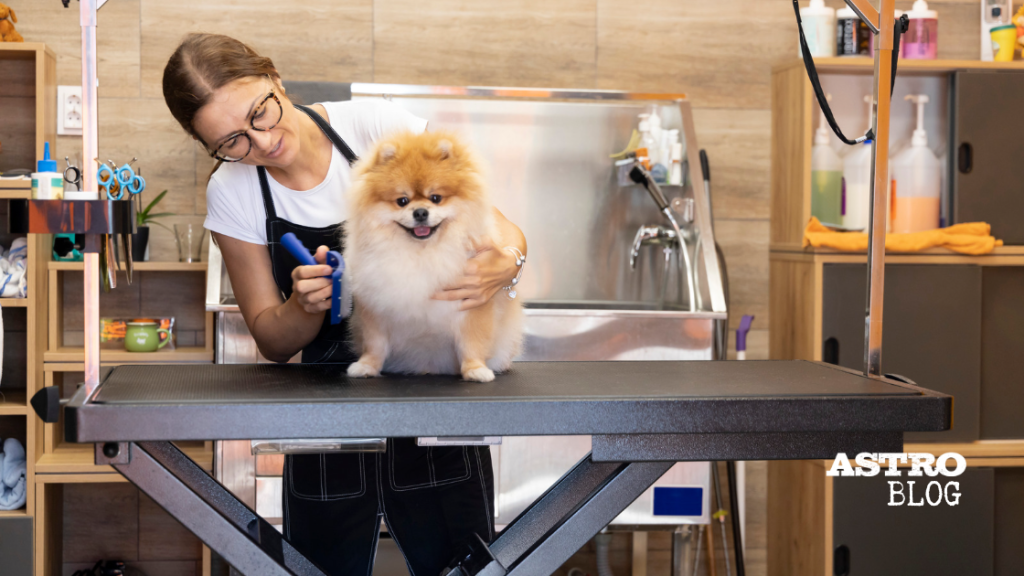
Remember, every dog is unique, and the amount of summer shedding can vary depending on your dog’s breed, genetics, and overall health. By following these tips and establishing a regular grooming routine, you can minimize the impact of summer shedding and keep your home cleaner and more comfortable for both you and your furry friend. For more tips and tricks, check out the rest of the Astro Loyalty blog!
Astro Offers are only available when you shop locally at a participating Astro retailer.


